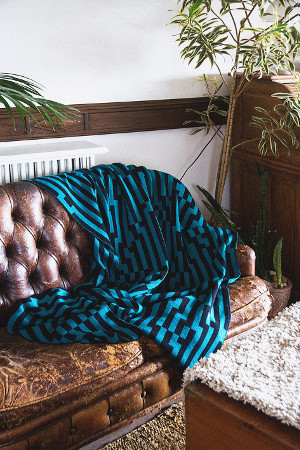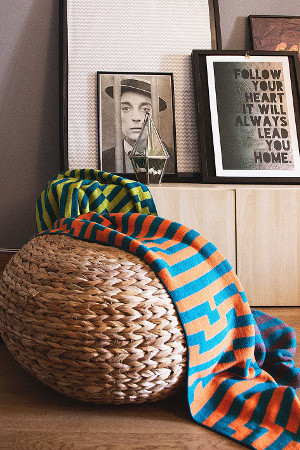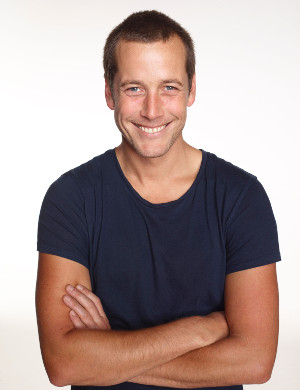You come from a culturally eclectic background, with influences from Catalan, Spain and Peru, but where in the world are you currently based?
I’m currently based between London and Barcelona.
Your work is based around the urban world interacting with the fast-growing digital and technological world we live in – which city is best for drawing inspiration from and why?
All global cities hold relevant information, but there are certain cities that hold real clues for the new emerging ones. For me London, once you spend enough time there, is the one that generates and regenerates most accurately in time and space. It has many layers, from Roman times until today… Other cities have erased past traces or have just embraced new ones, or have been stuck in a period of time and space that does not reflect the present moment.
When in London, where do you gravitate towards – the parks or the city?
Both—I must balance myself!
You mention that you previously studied biology. Does your knowledge in this area help shape your work?
Certainly, but I try to avoid the mere intellectual talk or approach as it is too elitist and distant from people. Science is important but not as important as we are made to believe.
I use parts of this knowledge as a starting point to work visually, creating patterns through my Letterpress machine or with my computer, but always using intuition to know where to start and where to finish.
Why pixels?
The idea that the pixel is the ‘Icon of our Time’ came while I was studying my MA at the Royal College of Art (after five years of working with squares) in Shanghai, in 2006. I was doing research for my dissertation, which was based on globalisation, new technologies and how these are altering how we perceive and navigate the world, both virtual and real.

One of Zuzunaga’s signature blankets
How do you see future technology impacting in your work?
We will see an increasing use of technologies that have been developed in the past few years, allowing a merging between the digital and analogue. My goal is to capture the present moment—I design products that shape, and are shaped by, the moment we live in now.
At Zuzunaga, we call that moment supermodernity. In a supermodern world, our urban lives are entwined with the digital. The cities we live in and the networks we connect to are changing faster than we are; architecture and imaging dictate how we live. And in a supermodern world, the pixel is the icon of our time. It’s this fascination with the pixel that connects my work.
How important is it to you to use sustainably sourced products, and is there a manufacturing ethos that you adhere to?
At Zuzunaga we believe in quality over quantity and uphold sustainable and ethical ways of working, valuing handmade craft over mass-produced, trend-following products. Our designs are produced using the finest materials; and our suppliers and manufacturers promote long-term sustainability and growth, both within their own companies and their local communities.
Is it easy to be an ethical manufacturer? What more, as consumers, could we do to show our support for this major environmental issue?
Sustainability in design has become so important because we have reached the point of no return. It is sad to see how as humans we only try to address a proper change once we face the abyss. Before we are just content or negligent, trying to look elsewhere before facing the real truth.
Now, with overpopulation and overproduction, we are facing an unprecedented moment in time and space. I think we are also intuitive so we seem to be focusing on trying to reverse or alter the (un)natural course of things. We cannot produce endlessly, with no direction and no meaning besides profit.

Zuzunaga blankets and styling
Who inspires you?
I am inspired by contemporary architecture and Confucian philosophy, and with these influences, I make work which performs a very modern kind of alchemy: using design to transform the digital into the analogue and back again. Colour transformation is key to this exchange between digital and human; shading adds a sense of natural growth within a very pixelated form.
To really achieve this alchemy, I combine contemporary design with handcrafted modes of production. My goal is to put human experience at the centre of each of the products I design, and in doing so, emphasise the personal experience at the core of our increasingly digitised societies.
Among the other people who influence or have influenced me, I would choose Carl G Jung and his work on alchemy, Paul Klee, Mondrian, Picasso and Juan Gris in their Cubist period. Also, the Bauhaus movement still inspires me enormously.
Describe your perfect day out in London?
From east to west and north to south. Start my day in Shoreditch, then go to Notting Hill for lunch and take a bus to Hampstead Heath and finish in the South Bank area, visit a gallery and wander around the river bank.
Where do you see yourself in five years’ time?
Who knows… My life has changed so much in the past five years that it is hard to be bold enough to speculate.
Could you give any advice to budding designers out there?
Carry on questioning and work hard towards the fulfilment of your true dreams. The rest is nonsense.










